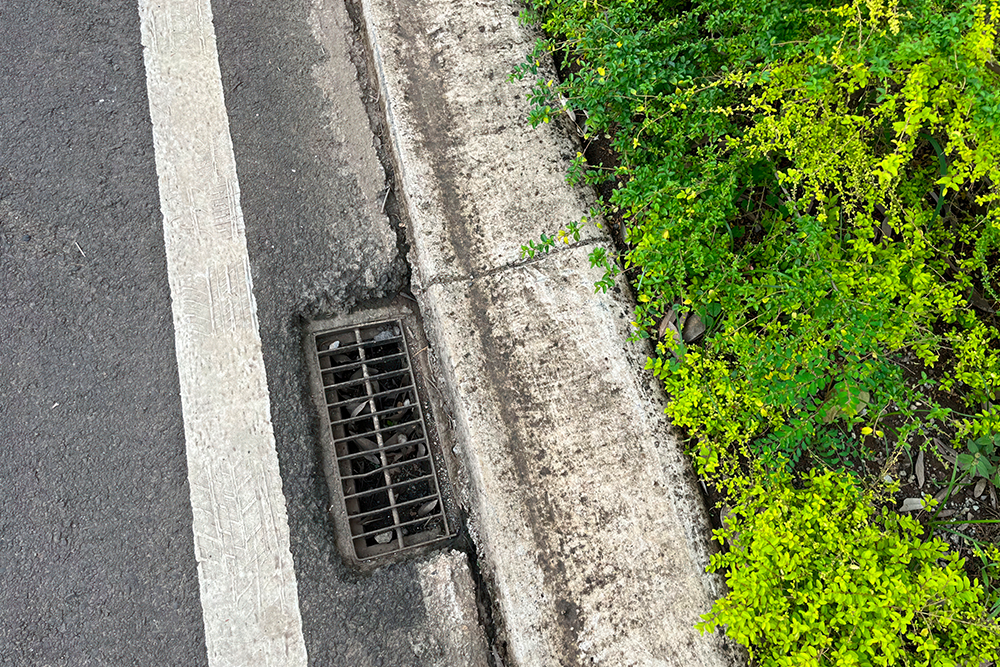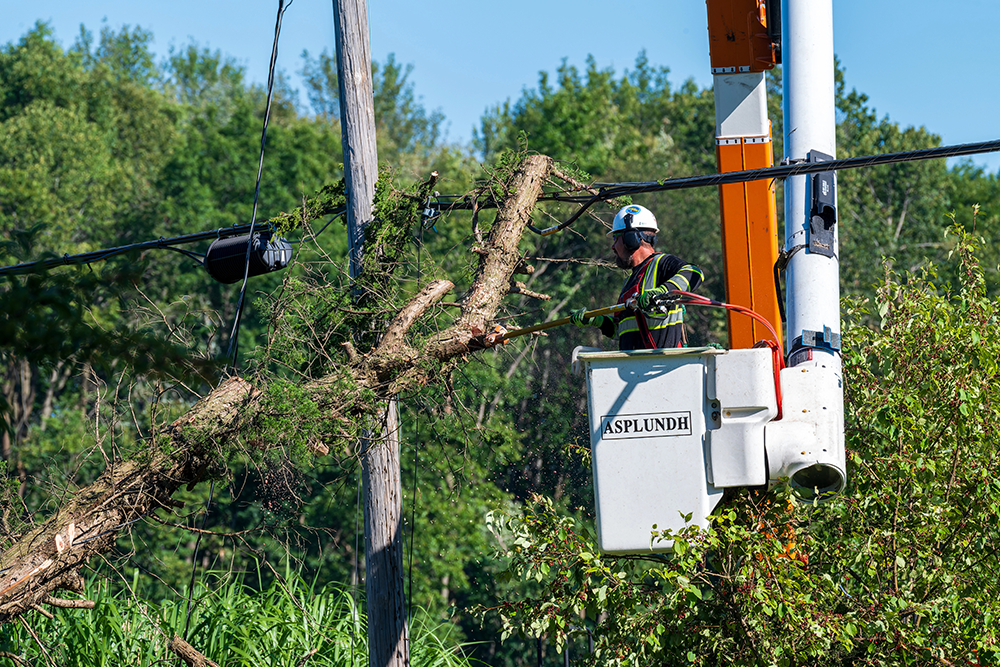Factors That Complicate Utility Vegetation Management

Utility vegetation management (UVM) plays an important role in keeping power lines, roads, and other infrastructure clear of hazards. It is a practice that protects infrastructure and prevents accidents. As simple as it may sound, the task of managing trees, brush, and other vegetation near utility assets involves several challenges.
Many factors complicate the process of maintaining these assets, from legal requirements to the unpredictable nature of vegetation growth. Understanding these factors helps utility companies develop more plans for vegetation control.
Understanding the Role of Vegetation Management
In the context of utilities, vegetation management is more than just trimming trees and bushes. It is about making sure vegetation does not interfere with power lines, electrical equipment, or roads. Inadequate management can result in outages, fires, and equipment failures.
With the rapid growth of vegetation, utility vegetation management becomes an ongoing challenge. The task demands attention. It requires careful coordination between contractors, utility companies, and local authorities.
Environmental and Seasonal Changes
One of the most unpredictable factors in vegetation management is the environment. Seasons play a significant role in how plants grow. During spring and summer, vegetation experiences rapid growth. Trees can quickly overgrow and pose risks to power lines and other infrastructure. In areas with long rainy seasons or abundant sunlight, vegetation may grow faster than expected and create maintenance backlogs. Storms or high winds can further complicate the situation. They will knock down trees or cause branches to fall onto utility lines.
Such growth patterns require utility vegetation management to be constantly adapted, with crews on the ground and a proactive strategy in place. This is where vegetation management experts must use their knowledge to assess the landscape and apply the right solutions at the right time.
Legal and Regulatory Requirements
The legal framework surrounding vegetation management adds another layer of complexity. Utility companies are often required to follow strict rules and regulations that govern the trimming, removal, and control of vegetation. These regulations are designed to protect the environment, public safety, and property rights. However, they also limit the actions a utility company can take.
Additionally, compliance with local, state, and federal regulations means that utility companies must invest time and resources into understanding the full scope of legal requirements. These can include how and when vegetation can be removed, and what type of protective measures must be taken to prevent harm to local ecosystems.
Geographical and Environmental Diversity
Another challenge arises from the diversity of the landscapes where utilities operate. Some utilities cover vast rural areas, where vegetation management might involve remote locations and varied climates.
On the other hand, urban environments can be more complex because of the density of trees, bushes, and other vegetation in confined spaces. In both rural and urban settings, vegetation management must be tailored to the unique conditions of the area.
In mountainous or forested areas, the growth of trees may be uneven. This requires specific strategies. Meanwhile, areas affected by urban sprawl may face the challenge of dealing with invasive species, such as vines or aggressive plant species that damage power lines.
The geographic diversity requires specialized knowledge. This is why utilities often rely on licensed contractors who have the expertise to handle different environmental conditions.
Cost and Budget Constraints
Like any industry, utility companies must work within a budget. However, managing vegetation around utility infrastructure can quickly become expensive.
Regular tree pruning, brush removal, and hazardous tree management require a significant investment of resources. The costs increase when factors such as environmental damage, storm damage, or legal disputes are added to the equation.
Cost management is especially challenging because vegetation management is an ongoing process. Simply cutting down trees or removing brush is not enough. Long-term care and monitoring are required to prevent future issues.
Vegetation may grow back in a matter of months. Proactive management is necessary to stay ahead of these problems.
Safety Risks
The safety of vegetation management workers is another complicating factor. Tree trimming, brush cutting, and other vegetation control activities can be hazardous. Workers are often required to work at heights, use heavy equipment, and navigate through dangerous terrain. The safety of workers, as well as the safety of the general public, must be prioritized.
In areas prone to wildfires, for example, the process of vegetation removal must be done in a way that minimizes the risk of igniting fires. In these situations, fire-resistant methods must be used, and special care must be taken to clear dry vegetation from sensitive areas. These safety measures add both time and expense to the project. However, they are necessary to prevent larger-scale disasters.
Coleman Environmental Engineering, LLC knows the complexities of utility vegetation management. With our knowledge, we can assist utility companies with everything from vegetation assessment to the safe removal of hazardous plants. Contact us today.

